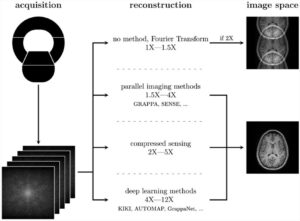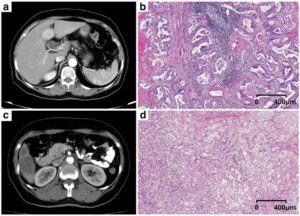AI is viewed as an emerging technology for reading screening mammograms. However, most studies done so far have adopted retrospective designs that cannot fully appreciate the added value and limitations of AI technologies (Autier et al, Eur Radiol 2020, Apr 21). For instance, these studies cannot inform on numbers and results of biopsies that would have been done following a positive result at AI reading but negative at radiology reading. Hence, the specificity of AI reading is overestimated while amounts of excess cancers associated with AI is underestimated. The McKinney et al study (Nature, 2020) suggests that AI would miss significantly (p=0.01 [our computation]) less large size invasive breast cancers than radiologists, but how this would translate into lower incidence rates of large size cancers in female populations is unknown. Real-world evidence (RWE) is mandatory for appraising the pros and cons of AI technologies. RWE means studies on AI reading embedded within the routine breast screening workflow. These studies need to have a prospective (preferably randomised) design. Because the primary goal of cancer screening is to prevent advanced-stage cancer, the main outcomes should be rates of large size or of advanced-stage breast cancer, and rates of interval breast cancer. In this regard, all size or all stage breast cancer detection rates should no longer represent the main outcome for screening effectiveness. Finally, interpretation of results should be based on tables displaying clinical decisions and outcomes after at least two screening rounds followed by a 2-year interval.
Key points
- The studies on AI reading of screening mammograms have methodological limitations that undermine the conclusion that AI could do better than radiologists.
- These studies do not inform on numbers of extra breast cancers found by AI that could represent overdiagnosis.
- The ability of AI to detect breast cancers is overestimated because there is no result on biopsy procedures that should be performed when mammograms are positive at AI reading but not at radiology reading.
Article: AI for reading screening mammograms: the need for circumspection
Authors: Philippe Autier, Jean-Benoît Burrion & André-Robert Grivegnée













